Electric Truck Knowledge
Why is there such a Big Difference in Operating Costs? Electric Vehicles Have an Absolute Advantage
Posted on by Electric Trucks
The constantly surging diesel prices have left many truck drivers lamenting that operating their trucks has become increasingly unaffordable. Sometimes, they can only manage to break even after a single trip, covering just the fuel cost, leaving them with little to no motivation. The exorbitantly high vehicle usage costs have driven numerous truck drivers to shift their focus to the new energy market. Coupled with favorable policies, road rights advantages, and the escalating demand for urban distribution freight transportation, the new energy market has witnessed an unprecedented boom this year.
Everyone asserts that new energy freight vehicles boast low operating costs and offer superior cost-effectiveness. But precisely how much can they save? Regarding this, we consulted the staff of the Chengdu Jiuyun Service Station and requested them to calculate a detailed breakdown for us based on the manufacturer’s data. Calculated over a common five-year vehicle usage period, we were astonished to discover the vast disparity in costs between the two.
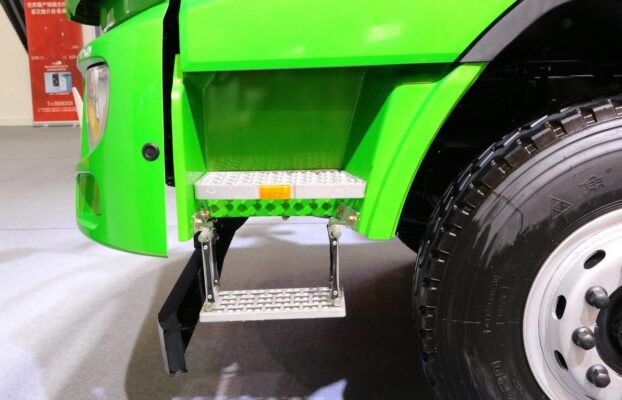
▎ Electric vehicles are exempt from purchase tax while fuel vehicles need to pay at a ratio
We are all well aware that for the purchase of ordinary fuel trucks, purchase tax must be paid at a certain ratio. Typically, it is computed and levied at 10% of the vehicle price. Purchase tax = Total price including tax ÷ 1.13 ٪ 10% (Currently, the VAT rate for automobiles is 13%). مثال طور, if the price of the light truck we purchase amounts to 120,000 yuan, approximately 10,619 yuan of purchase tax needs to be paid. اضافي طور تي, there is also 360 yuan for vehicle and vessel tax. Of course, whether it is a fuel vehicle or a new energy freight vehicle, insurance is mandatory, and there is no need to compare this expense.
If the vehicle is considered based on a five-year operating period, the total amount that the fuel truck needs to disburse is 12,419 yuan (10,619 yuan for purchase tax + 1,800 yuan for vehicle and vessel tax). In contrast, for new energy freight vehicles, no taxes are required to be paid, meaning there is neither purchase tax nor vehicle and vessel tax. Only the vehicle purchase cost, insurance, and other related procedures need to be settled. This implies that over five years, it incurs 8,800 yuan less than fuel trucks.
In reality, we can discern that the major expense lies in the purchase tax. In the latest released relevant policies, the policy of exempting new energy vehicle purchase tax, which was originally slated to expire at the end of this year, has been further extended until the end of next year, that is, the end of 2023. Support measures such as exemption from vehicle and vessel tax, consumption tax, road rights, and license plates will persist. Based on the current mainstream prices of new energy mini trucks and light trucks, this policy can indeed save truck drivers thousands or even tens of thousands of yuan.
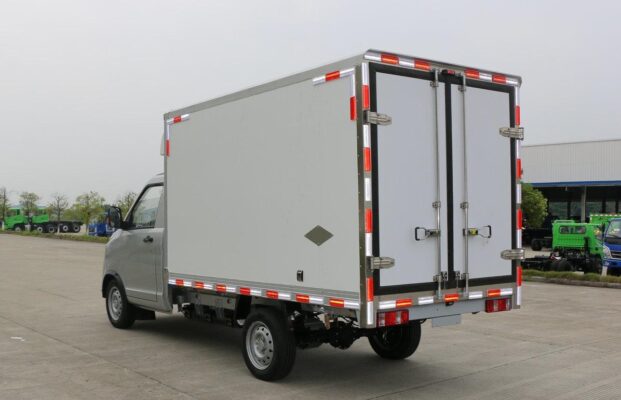
▎ Fuel cost comparison: Electric light trucks have an absolute advantage
When it comes to vehicle operating costs, it is evident that new energy freight vehicles hold an absolute edge. But exactly how much money can be saved, we still need to make a rough calculation for truck drivers. Calculated over a five-year operating period, the annual operating mileage of light truck users averages approximately 40,000 kilometers. The fuel consumption is calculated at 15 liters per 100 kilometers on average, and the current price of No. 0 diesel fuel is calculated at 8.2 yuan per liter. This implies that the vehicle needs to expend approximately 49,200 yuan on fuel each year, and a total of 246,000 yuan on fuel for 200,000 kilometers over five years.
Furthermore, diesel trucks also involve urea costs. The normal urea consumption ratio of National VI vehicles is approximately 10% of the diesel consumption. That is to say, for every 100 liters of fuel, approximately 10 kilograms of urea are required. Calculated based on the original or brand urea at 50 yuan per 10 kilograms per barrel, the annual cost is approximately 3,000 yuan, and the urea cost for five years amounts to approximately 15,000 yuan. Adding the previously calculated fuel cost, the total cost for five years approximates 261,000 yuan.
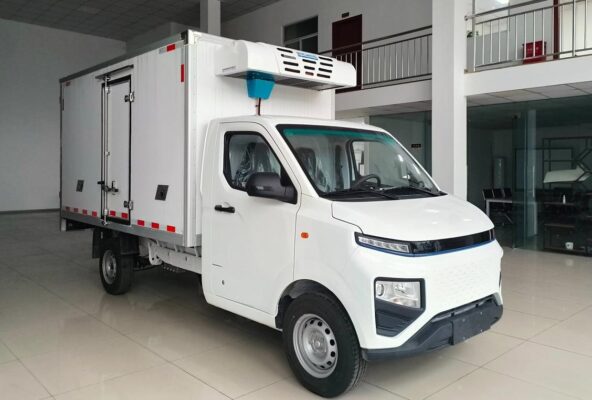
Let’s turn our attention to pure electric light trucks. Based on a power consumption of 40 degrees per 100 kilometers and calculated based on the average of peak, off-peak, and flat electricity prices, the electricity cost is approximately 1.15 yuan per degree. Calculated over 200,000 kilometers within five years, a total of 80,000 degrees of electricity need to be consumed, and the electricity cost amounts to 92,000 yuan. The average annual electricity cost is approximately 18,400 yuan.
When comparing the fuel light truck and the pure electric light truck, the total cost difference in fuel over five years reaches 169,000 yuan. Even if the fuel price is calculated at a lower rate of 6.5 yuan per liter, the traditional light truck’s fuel cost for 200,000 kilometers over five years is still 195,000 yuan. Adding the 15,000 yuan urea cost, the total cost amounts to 210,000 yuan, while the electricity cost for the new energy vehicle is only 92,000 yuan.
In this comparison, the new energy truck can still save 118,000 yuan in fuel and urea consumption over five years. It is evident that the advantage of new energy trucks in operating costs is highly pronounced. Especially in the current scenario of escalating oil prices, the low-cost vehicle usage characteristic of new energy trucks becomes even more prominent. Of course, depending on varying fuel consumption and diesel prices, the calculated data might also fluctuate. Here, it is primarily for the reference of truck drivers.
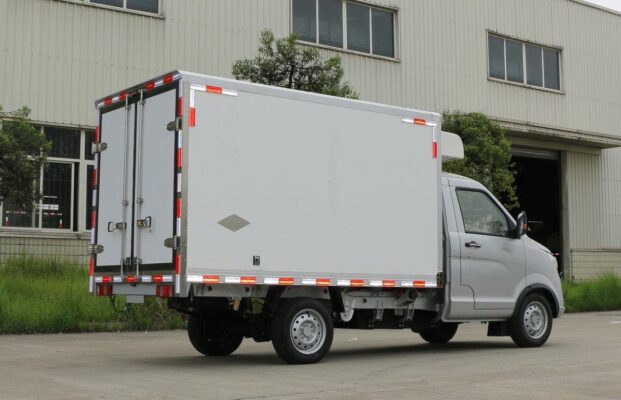
▎ Maintenance cost: Electric light trucks are more convenient
Truck drivers are inevitably confronted with vehicle maintenance. We calculate the maintenance of fuel light trucks based on a maintenance cycle of five times a year. The average single maintenance cost is approximately 500 yuan, and the total basic maintenance cost for five years amounts to approximately 12,500 yuan.
In contrast, for pure electric light trucks, since there is no need to replace engine oil and oil filters, the maintenance cost is lower than that of fuel light trucks. With the same maintenance cycle of five times a year, the average cost is approximately 200 yuan each time, and the total cost for five years of vehicle usage is approximately 5,000 yuan.
From the above data, we can observe that the total maintenance cost of fuel light trucks over five years is approximately 12,500 yuan, and the total maintenance cost of pure electric light trucks is approximately 5,000 yuan, presenting a difference of 7,500 yuan. Of course, depending on the actual vehicle usage circumstances, the maintenance and repair costs will also vary. The data presented here is mainly for the reference of truck drivers.

▎ A large difference in five-year vehicle usage cost: The road rights advantage of برقي گاڏيs is key
To summarize, even if we bring the diesel price back to 6.5 yuan per liter, the total cost of a 200,000-kilometer fuel light truck over five years, encompassing vehicle purchase, usage, maintenance, and urea costs, is approximately 234,919 yuan. For a pure electric light truck calculated in the same manner, the total cost is approximately 97,000 yuan. Ultimately, for 200,000 kilometers over five years, the operating cost difference between the fuel light truck and the pure electric light truck amounts to 137,919 yuan. The additional money could essentially purchase another fuel light truck.
If calculated based on the current price of 8.2 yuan per liter, just the difference in fuel and electricity consumption exceeds 100,000 yuan. A detailed calculation indeed reveals a substantial difference.
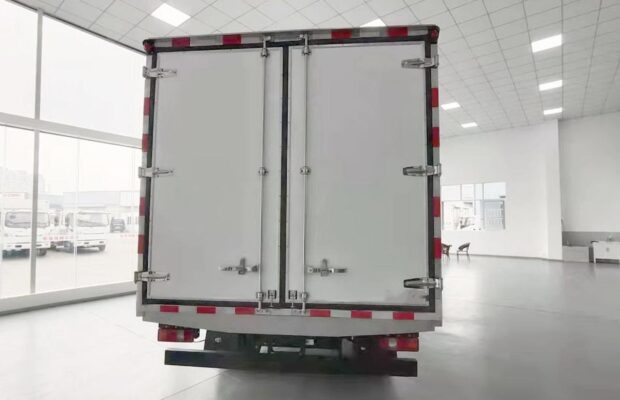
Data is for reference only
Have we overlooked something in the calculation method? Yes, indeed. The price of برقي گاڏيs. Currently, a 4.2-meter pure electric light truck with 87 degrees of electricity has a price of approximately 180,000 yuan, which is more than 60,000 yuan pricier than an average fuel light truck. However, even so, calculated based on the low fuel price of 6.5 yuan per liter, the cost difference between the two over five years and 200,000 kilometers is 137,919 yuan. Thus, it can be seen that even after subtracting the 60,000 yuan higher cost of the pure electric truck, there is still a profit gap of approximately 77,000 yuan.
Of course, many truck drivers are voicing concerns about the high price of pure electric light truck batteries. The five-year/200,000-kilometer warranty can completely allay everyone’s apprehensions regarding vehicle usage. And thanks to the increase in the price of raw materials for power batteries, the retention rate of pure برقي گاڏيs in the second-hand market has significantly improved. The recyclable and reusable battery packs can even exceed 400 yuan per degree. مثال طور, for a second-hand new energy light truck with 80 degrees of electricity, the unit price of its battery pack can already reach 32,000 yuan. Truck drivers can opt to sell it when they deem it appropriate.
However, from the truck drivers with whom we have interacted, the primary advantage of purchasing new energy freight vehicles in Chengdu is not merely in operating costs. The unrestricted road rights for vehicle usage serve as a decisive factor. Especially in the latest motor vehicle passage management measures implemented in Chengdu, it is stipulated that traditional fuel trucks will be prohibited from passing on the main road of the Third Ring Road 24 hours a day and can only travel on the auxiliary road. However, small new energy trucks are not subject to this restriction and can still pass on the main road of the Third Ring Road. This has played a pivotal role in stimulating the new energy market.